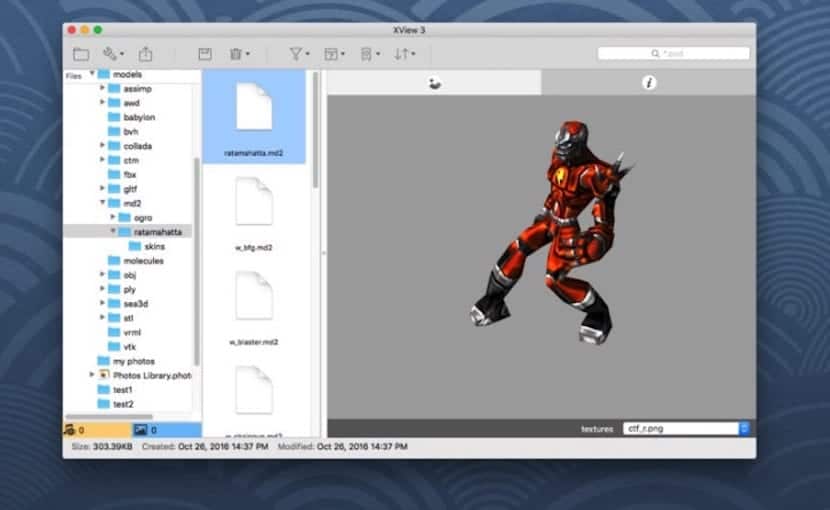Bzip2 For Mac
To compress a file(s), is to significantly decrease the size of the file(s) by encoding data in the file(s) using less bits, and it is normally a useful practice during backup and transfer of a file(s) over a network. On the other hand, decompressing a file(s) means restoring data in the file(s) to its original state.
Best wallpapers for mac. Link Type Windows Description; Download.exe: 32-bit x86: 7-Zip for 32-bit Windows: Download.exe: 64-bit x64: 7-Zip for 64-bit Windows x64 (Intel 64 or AMD64).
Suggested Read:Learn Linux ‘tar’ Command with This 18 Examples
- IZip is a free powerful archiving utility designed specifically for Mac. Easily manage ZIP and RAR files directly from the OS X Finder. Open and securely share ZIP, encrypted ZIP and RAR plus other compressed file formats.
- Bzip2 is similar to gzip. Both are data compressors. Bzip2 is not like zip or tar. Those have archiving ability. Bzip2 is also only meant for single files. It cannot work on multiple files, archive splitting or encryption. It can work with external utilities like GnuPG and tar to facilitate such tasks. In a way, bzip2 stays true to its UNIX tradition.
- You can download bzip2 1.0.6 for Mac from our application library for free. This free Mac application is a product of Julian Seward. The program belongs to System Tools. This Mac download was checked.
There are several file compression and decompression tools available in Linux such as gzip, 7-zip, Lrzip, PeaZip and many more.
Mac app for developers. In this tutorial, we will look at how to compress and decompress .bz2 files using the bzip2 tool in Linux.




Bzip2 is a well known compression tool and it’s available on most if not all the major Linux distributions, you can use the appropriate command for your distribution to install it.
The conventional syntax of using bzip2 is:
How to Use “bzip2” to Compress Files in Linux
Driver update utility for mac. You can compress a file as below, where the flag -z enables file compression:
To compress a .tar file, use the command format:
Important: By default, bzip2 deletes the input files during compression or decompression, to keep the input files, use the -k or --keep option.
In addition, the -f or --force flag will force bzip2 to overwrite an existing output file.
Bzip2 For Mac Os
You can as well set the block size to 100k upto 900k, using -1 or --fast to -9 or –best as shown in the below examples:
The screenshot below shows how to use options to keep the input file, force bzip2 to overwrite an output file and set the block size during compression.
Bzip2 For Mac Download
How to Use “bzip2” to Decompress Files in Linux
To decompress a .bz2 file, make use of the -d or --decompress option like so:
Bzip2 For Mac Pro
Note: The file must end with a .bz2 extension for the command above to work.
To view the bzip2 help page and man page, type the command below:
Lastly, with the simple elaborations above, I believe you are now capable of compressing and decompressing .bz2 files using the bzip2 tool in Linux. However, for any questions or feedback, reach us using the comment section below.
Importantly, you may want to go over a few important Tar command examples in Linux so as to learn using the tar utility to create compressed archive files.
